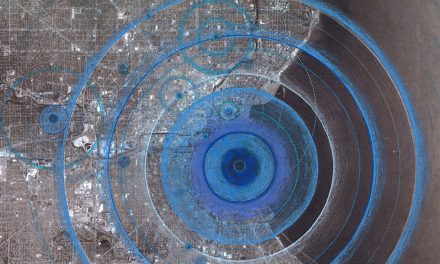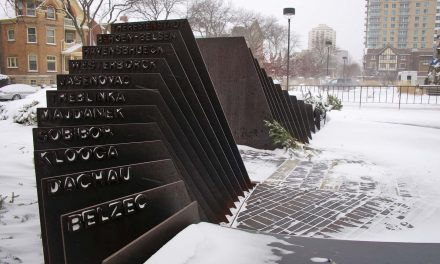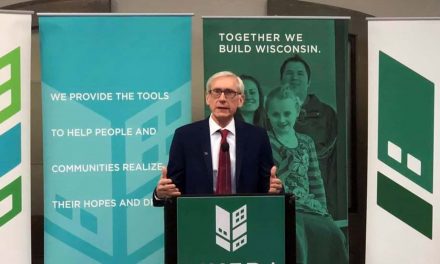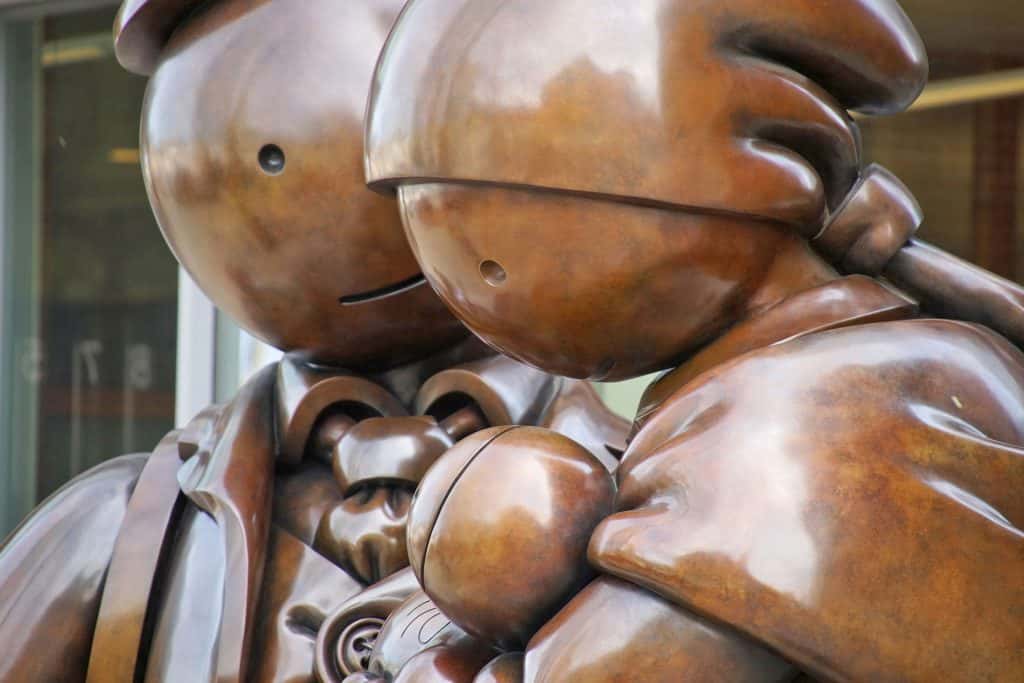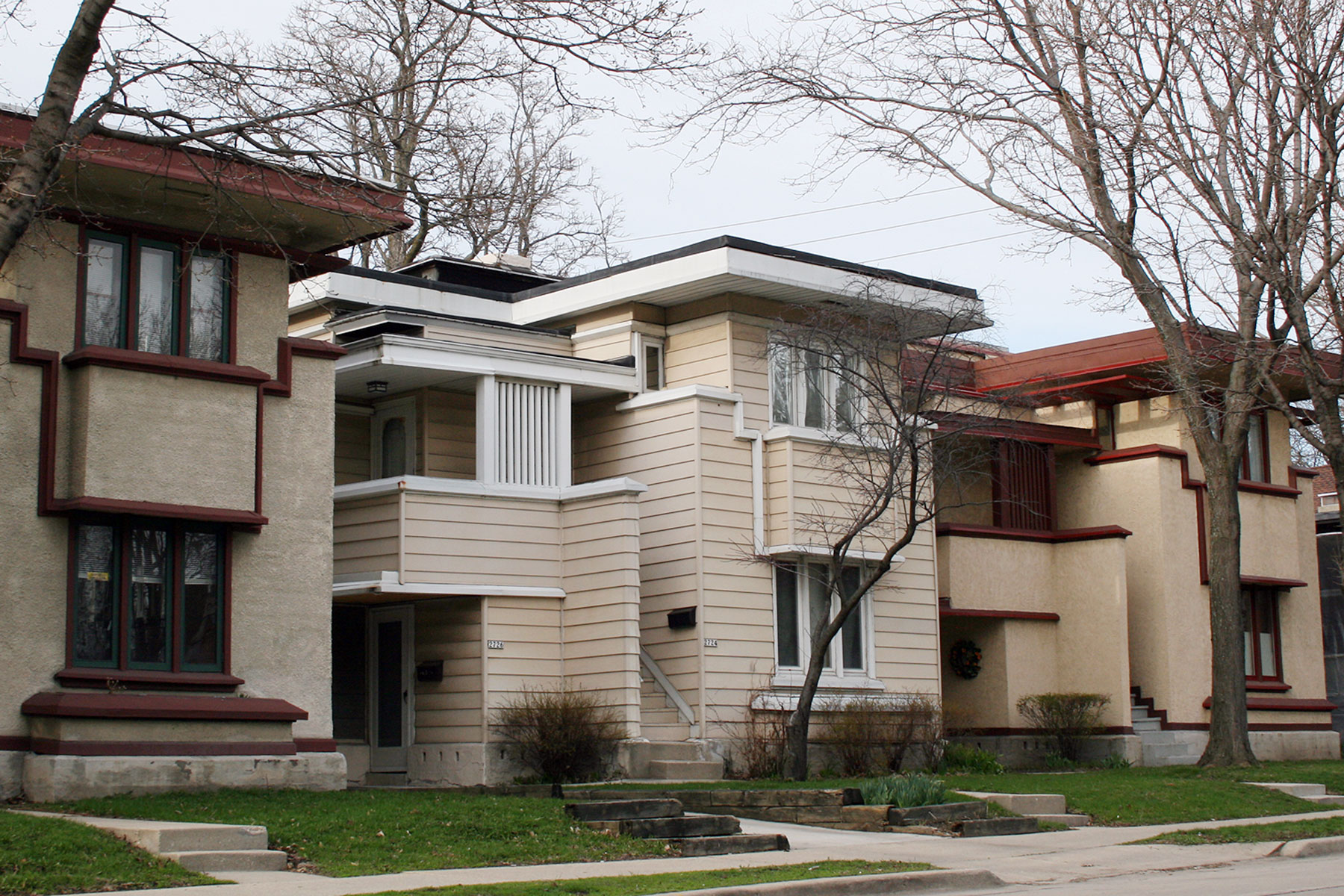
Margaret Rozga is a poet, civil rights activist and professor emerita of English at UW-Waukesha. The opportunity to visit a Milwaukee home designed by Frank Lloyd Wright prompted her to contemplate how the model could be applied today.
“Right here,” docent Michael Lilek says, lifting his hand to shoulder height and pointing to the home behind him, “is the only example of this Frank Lloyd Wright-designed model known to still exist.” Mr. Lilek is also curator, American System-Built Homes, at Frank Lloyd Wright Wisconsin. The model he points out with obvious pride is the American System-Built B1 model, a single-story, two-bedroom, 800-square-foot home at 2714 W. Burnham St.
The occasion that brought me to this tour was this year’s Doors Open Milwaukee, the highly successful annual project that offers Milwaukeeans and interested people from the metropolitan area and beyond opportunities to get better acquainted with many of Milwaukee’s treasures.
I looked forward eagerly to this particular opportunity. My grandmother lived three blocks from these homes. They were part of the Sunday evening ritual of my childhood. My dad would take my three siblings and me to visit his mother. Our route included passing these Frank Lloyd Wright-designed homes on Burnham Street. Every week my dad would point them out and name the architect with something like Michael Lilek’s pride.
From the outside with their flat rooflines and many rectangular windows, these homes look different from others in the neighborhood. I had long wanted to see the inside. I didn’t want to miss this chance. Approaching the neighborhood, I could see more traffic and less parking than usual. Obviously many other people for their own reasons shared in this interest.
Volunteers from WrightInMilwaukee prepared well for the crowds. They had four or five stations set up, a docent at each one, each telling part of the story of these homes. Groups of eight to 12 people moved about every 10 minutes from station to station so that when there was room inside the home for more people to enter, we had already been given much of the background story and had multiple chances to have our questions answered.
Lilek’s was the second to the last station before entering the home. He took a large poster-sized picture of the home’s floor plan firmly in hand and held it up for the 10 of us clustered in front of him to see. Wright designed many homes for wealthy clients, he said. But he also wanted to create homes for moderate- and low-income families. Wright “believed his designs could make our lives richer by nurturing and sheltering our families, and bringing us closer to nature.” Such homes would help build strong communities.
Provide comfort, build strong communities: the philosophy behind the Frank Lloyd Wright design caught my attention. As much as I loved seeing the inside of the building, I love thinking about the concept of building homes designed to offer comfort, and the solace inside the home as a factor in the well-being of citizens, citizens who then see their city in those terms.
The afternoon on Burnham Street became more than an opportunity to satisfy a childhood curiosity, or a desire to indulge in nostalgia. It offered a lens through which to view 21st century Milwaukee. It offered a contrast with the Milwaukee depicted in Matthew Desmond’s book Evicted: Poverty and Profit in the American City that documents how people’s need in Milwaukee for housing has become an opportunity for the ruthless to exploit the poor. Housing in need of fundamental and extensive repair does not provide a home. It is not a source of comfort and solace. Quite the contrary. It may breed the violence everyone deplores. It doesn’t have to be this way. Milwaukee’s past offers a different vision, one that we could still learn from.
To see the beauty Frank Lloyd Wright not only imagined but offered an affordable way to construct, you need not wait until next year’s Doors Open Milwaukee. The Frank Lloyd Wright Wisconsin Heritage Tourism Program’s WrightInMilwaukee service offers tours monthly on the second and fourth Saturdays.
I urge you to go see for yourself what the fine thinking a century ago produced. Support, if you can, the work of those who make the model of this thinking available to us. Then let us think again about what could be possible with housing in Milwaukee today, if we’d only dare imagine the possibilities.
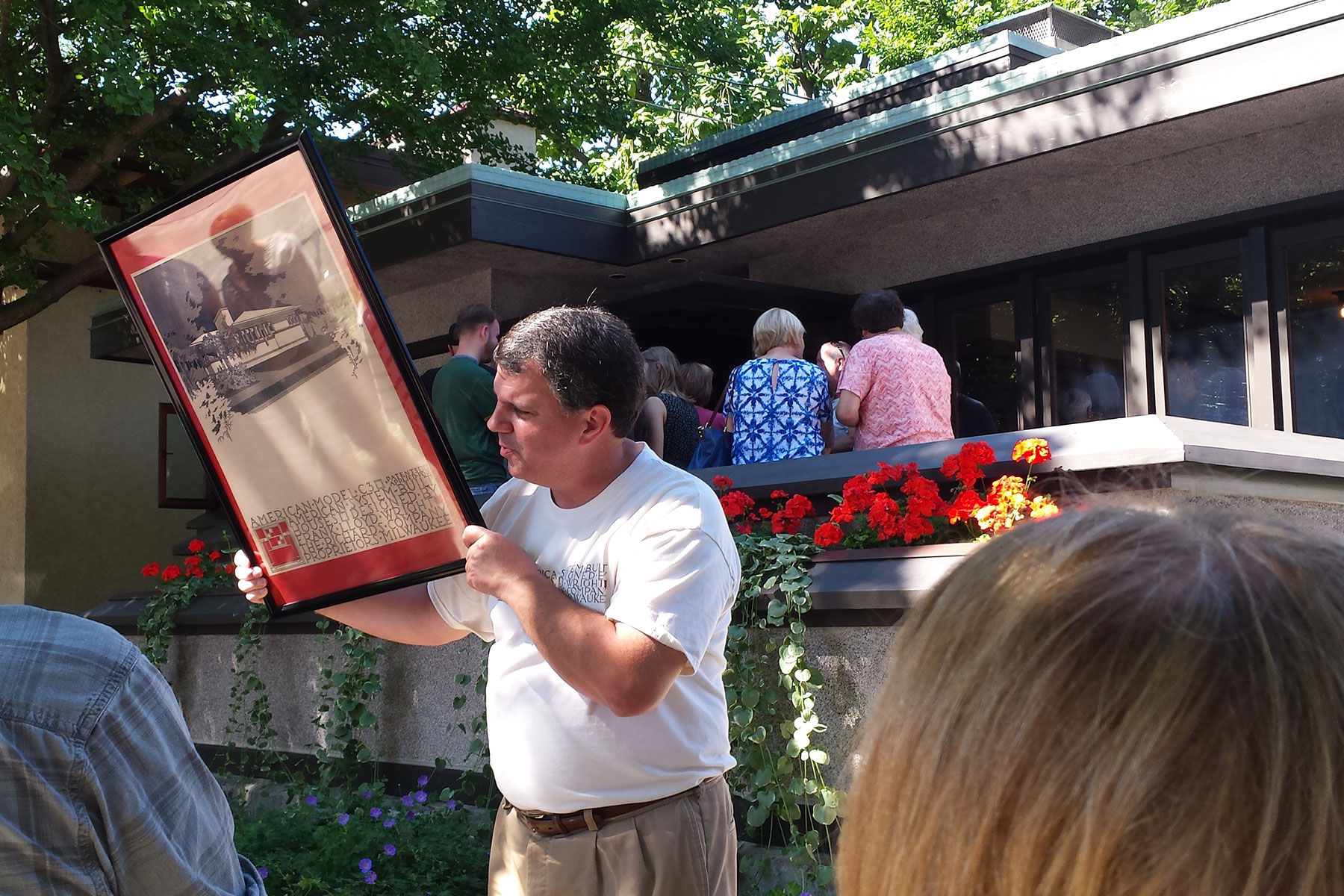
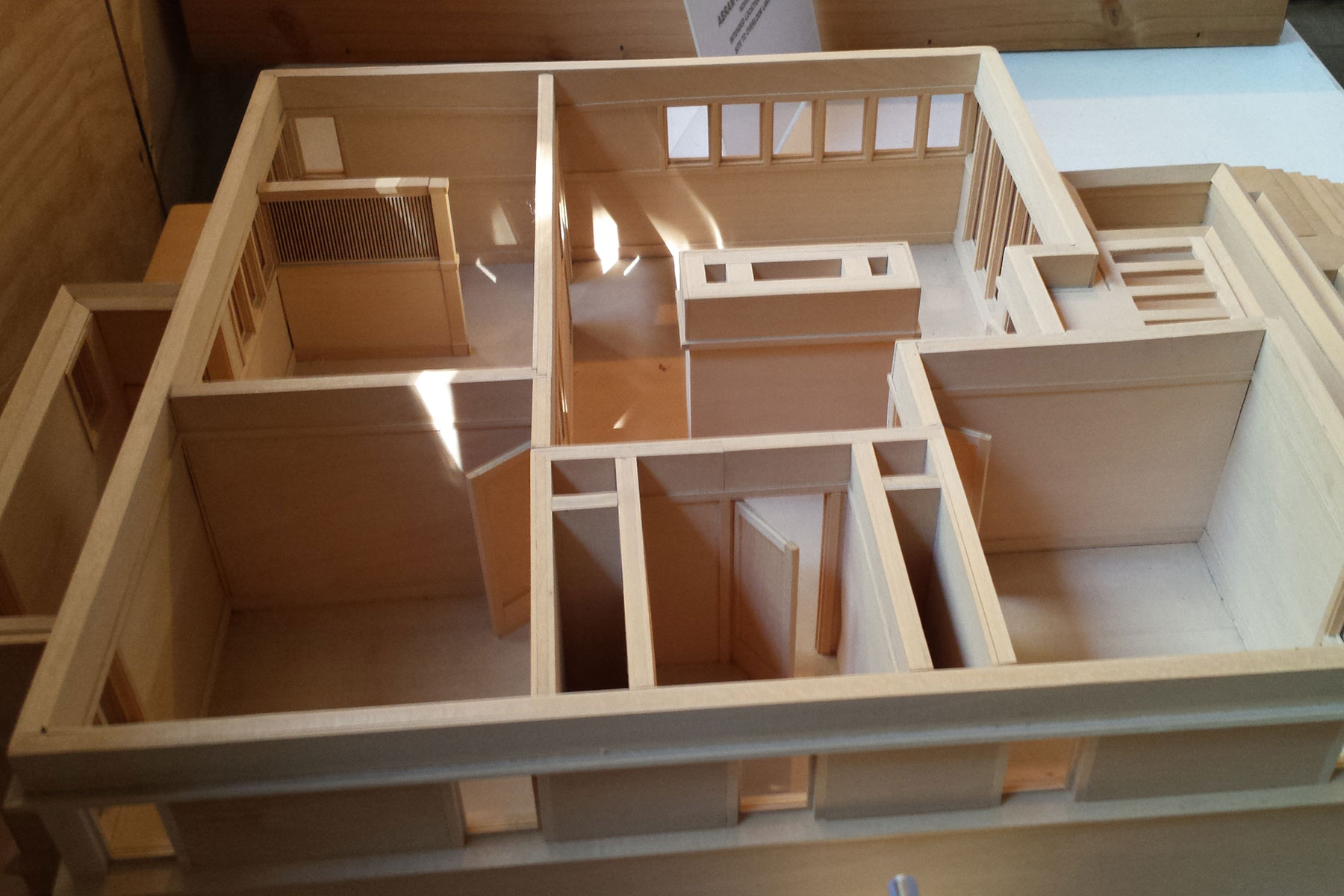
Margaret Rozga

